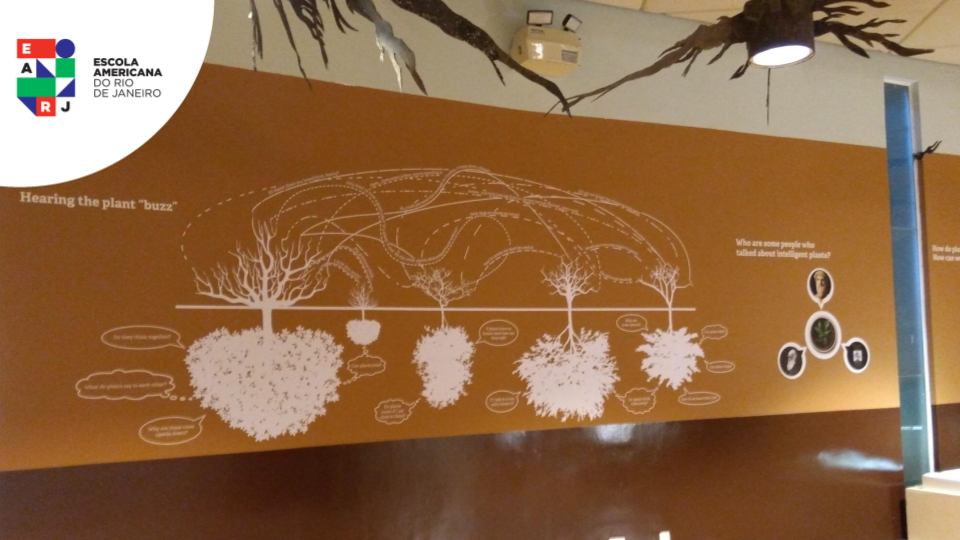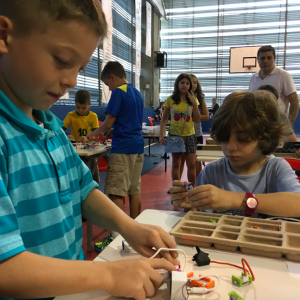MuseOn Exhibition – “Wood Wide Web – Understanding How Plants Talk”

Communication. In all it’s forms and actors. It is, in one way or another, used by most of the known living organisms. From the visual displays Cuttlefish can do with their skins, to the dances Peacock Spiders perform to attract mates and ward off competition, and to us humans, with our many, many forms. Communication seems to be a sort of constant among species. So why should we be surprised to learn that plants can also do this? Scientists have for long known that plants talked by emitting chemical signals (green leaf volatiles) that warned other plants of predators, or of local conditions like drought. But it seems that researchers have overlooked something self-evident; their roots.
Recently it’s been discovered that the root system is much more complex than previously thought. A plant’s or tree’s roots spread across the land, and by doing this they come in contact with the roots of other plants and trees. Through a symbiotic relation with mycelium, information between trees and plants are exchanged underground. This complex system, is rhizomatic in structure and resembles the networks of brain cells, or even the one seen in the internet. Hence, why many scientists refer to this find as the Wood Wide Web. Experts have supported that the plant’s thinking structure happen in the root system. Some scientists point out that we seem to have understood plants wrong all this time; we should think of them upside down, since their “brains” are in their roots!
The notion that plants can talk will produce a lot of future research and debate. After all, if many people decline to eat animal meat due to empathy to the animal’s suffering, then what would we do if we understand that plants also suffer, fear and feel pain?
This new exhibit at the MuseOn, is part an artistic installation, inspired by the artist Giuseppe Licari’s work, ‘Humus’, and part an educational project. It also aims to promote closer relations to plants by the visitors, and to foster the understanding of the importance of preservation of the ecological system that surrounds us and that we desperately need to know better.
We invite all EARJ Community members to visit this amazing exhibition at the MuseOn, everyday from 10am to 3:30pm!



